In our experiments, we use coils to generate magnetic fields. In order to have a stable magnetic field, we actively regulate the current in the coil (typically between 10 to 60 A) by using a PID and power MOSFETs (IXYS IXFN210N30P3, 8 of them in parallel). The current is measured via a LEM current sensor.
The PID outputs a voltage that is directly fed into the gate of the MOSFETs to control the current in the coil. The PID uses a THS3091 op-amp that can output a max. current of 250 mA to drive these MOSFETs. The coil has an inductance of 300 μH and resistance of 75 mΩ. The voltage across the coil is given by a 12 V power supply that can deliver up to 100 A current. We also have a varistor to protect the circuit from the surge.
I would like to know if there is any better way to drive these MOSFETs to achieve a fast feedback and how to optimize the gate resistor value? Also, any other suggestions to improve the circuit are welcome. Here is the circuit:

